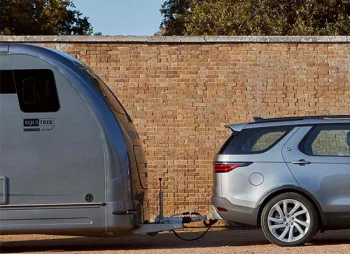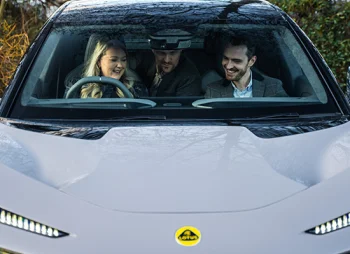5) 1% of traffic collisions in the UK between 2015 and 2017 involved a stationary vehicle. A seemingly small percentage but which, in fact, reflects over 9,000 incidents.
42% of these collisions were on a motorway or main road where the main cause of a stationary vehicle is breakdown. While a breakdown is something all of us do our best to avoid, here are a few simple tips we can do ourselves to ensure we minimise the risk. Doing so will not only reduce hassle and repair bills, it could also significantly reduce the number of completely avoidable road collisions.
Check your oil regularly
The RAC reported that 1/3 of their patrols detect dangerously low oil levels in broken down vehicle call outs. Not only can insufficient oil levels cause breakdown but also sever engine damage. Therefore, check your oil level is between the maximum and minimum marks on your dipstick regularly and top up if necessary.
Check your tyres and wipers regularly
Keeping on top of your tyre pressure, tread depth and overall tyre health will be a significant move to keeping your vehicle looked after. Replace damaged tyres and those with a tread below the legal limit of 1.6mm (recommended 3mm in winter for added grip).
Although not likely to directly cause a breakdown, insufficient wipers could halt your journey if visibility becomes too hampered. Check the rubber of your wipers can clear liquid sufficiently to maintain visibility with plenty of washer fluid to keep your screen clean and clear. Protect your wipes in winter either by using a protective window sheet or by loosening with warm water or de-icer before starting your engine.
Keep your car clear of clutter
Removing rubbish, making sure you travel with only the essentials and ensuring any luggage is safely stowed will not only improve your driving experience but will ensure discarded items do not roll precariously underneath your pedals or prevent you accessing your controls in an emergency.
A regular clean to the exterior should also be completed. Focusing on keeping windows, windscreen, headlights, brake lights and number plates. This will ensure you can see and be seen.
Never start a journey with less than a quarter tank of fuel
Keeping your fuel tank at least a quarter full at all times will prevent you running out of fuel unexpectedly. Apparently, nearly 830,000 of us run out of fuel while on the road each year. As well as the big risk of costly repairs, breaking down because of a lack of fuel could also leave you liable for a fine. Plus, it puts you and other road users at unnecessary risk.









